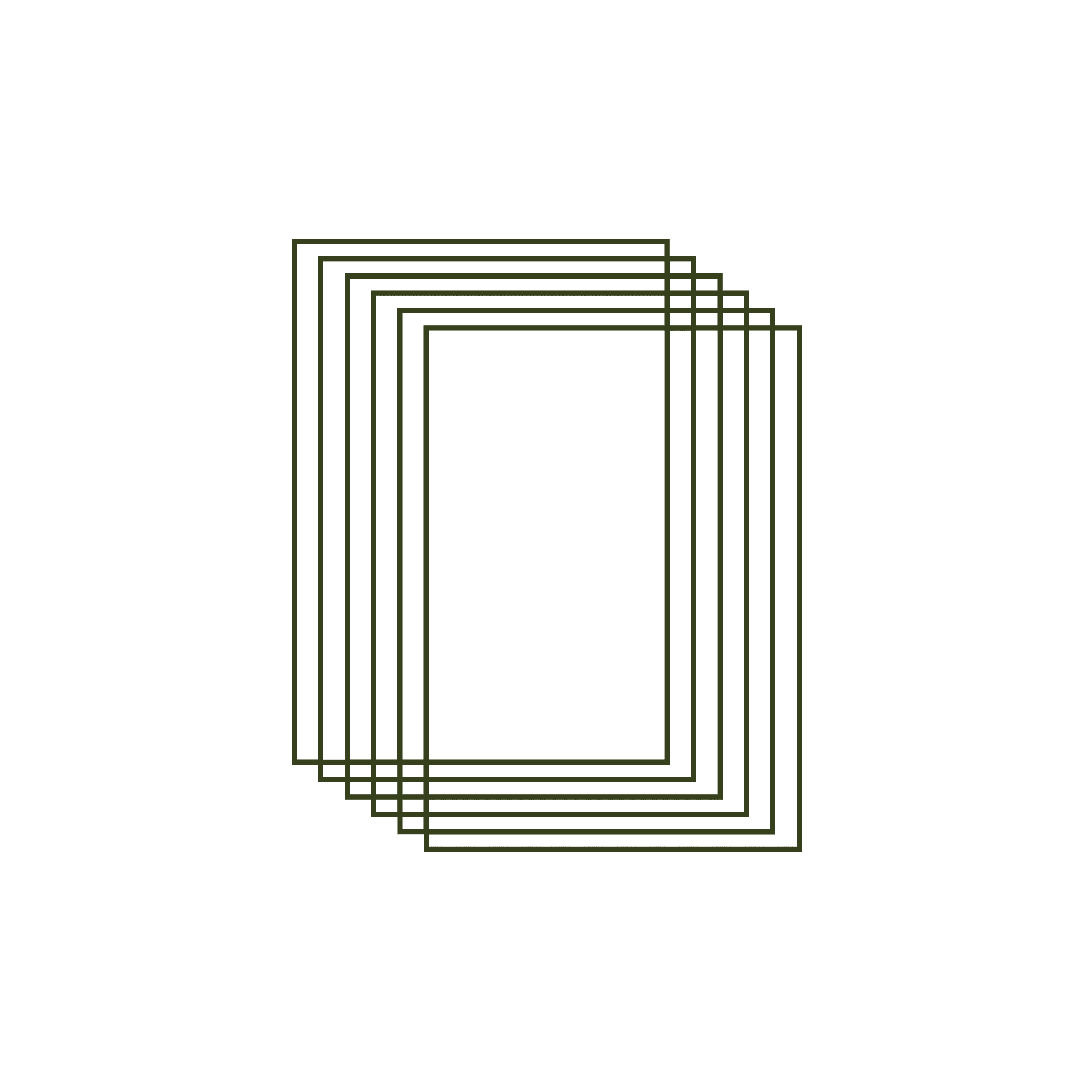
Traditionally, newsrooms have relied on fact-checking to verify information and uphold the truth. However, in an era of ideological polarization and rapidly spreading misinformation, these methods are no longer sufficient.
The advent of AI-generated content, such as deepfakes and manipulated media, has made it increasingly difficult to distinguish between what is real and what is not. Newsrooms must now contend with a new reality where the very nature of truth is under attack.
To address these challenges, newsrooms must adopt a more rigorous and systematic approach to information gathering, verification, and dissemination. This is where the principles and practices of intelligence agencies come into play. By treating news as an "intelligence product" that requires thorough assessment, certification, and verification before being released to the public, newsrooms can enhance the integrity of the information they provide and rebuild trust with their audiences
This handbook has been written by Candyce Kelshall, Executive Chair Canadian Association for Security and Intelligence Studies and Vice Chair of the Canadian Intelligence Network in partnership with The Rundown Studio. It is intended as a guide for all newsrooms around the world covering elections, determining whats real and fake and building audience trust.

Traditionally, newsrooms have relied on fact-checking to verify information and uphold the truth. However, in an era of ideological polarization and rapidly spreading misinformation and disinformation, these methods are no longer sufficient.

There are three key challenges newsrooms today face: ideological polarization, diminishing trust in media, and serious challenges posed by AI, deep fakes, and manipulated content where its rapid spread is outpacing current fact checkers.The current newsroom environment and process is not optimally equipped to handle these new challenges.

Being critical does not just mean finding fault. It means assessing evidence from a variety of sources and making reasoned conclusions. As a result of your analysis you may decide that a particular piece of evidence is not robust, or that you disagree with the conclusion, but you should be able to state why you have come to this view and incorporate this into a bigger picture of the literature.

Misinformation and disinformation are often conflated under a shared umbrella, however, it is critical to understand they are vastly different: in creation, sharing, and intention. Misinformation should not be viewed as ‘innocent’ or unintentional; it is not the lesser of two evils.

Disinformation is the creation of false information that is spread deliberately with the intention to deceive public opinion.

In today's rapidly evolving media landscape, safeguarding the accuracy and reliability of information is crucial.

In today's digital battleground, the fakes are getting frighteningly real. It’s also pretty easy to use AI to meddle in elections by creating fake photos.

Modern election coverage requires a dual approach: traditional journalistic verification combined with AI-aware monitoring. The fundamental principle remains unchanged - verify on the ground while implementing robust digital verification protocols.

In the digital age, news is expected to travel fast, faster than ever. But the faster we move, the more cautious we have to be.

Ahead of the elections across the globe in an age where misinformation, deep fakes, and disinformation rapidly spread across digital platforms, identifying and countering false information has become crucial. A range of tools and technologies have emerged to help detect and recognize these threats to democracy.

This section is intended to be a guide to how leaders should develop future newsrooms and journalist teams. Adopting the best information assessment practices will build trust with audiences and ensuring the integrity of the information it is reporting.
About the author

Candyce Kelshall
Candyce Kelshall has over 25 years of experience working in the intelligence space in respect of designing, conceptualizing, and creating curriculum for the professional development and enhancement of intelligence analytic, desk, case, and field officers. She has also written several textbooks on Structured Analytic Techniques for national security and intelligence practitioners. Candyce currently is the Executive Chair of the Canadian Association for Security and Intelligence Studies Vancouver and an instructor at University of Ottawa’s Professional Development Institute where she delivers courses on misinformation/disinformation and intelligence analysis and tradecraft. She is also an instructor at the Justice Institute of British Columbia (JIBC) where she delivers Advanced Structured Analytic Techniques as well as serves as a member of JIBC’s Intelligence Analysis and Tactical Criminal Analysis Committee. She is currently examining proxy hybrid soft war and looking at the concept of soft violence as a new form of warfare working in the space of 5th Generation Warfare as it pertains to group vs group conflict -as manipulated by external states and intrastate groups. Within this space, she has spent over a decade writing career development training programs for intelligence officers and has trained agencies in over 17 different countries around the world. Candyce’s latest book, (In)Security: Identifying the Invisible Disruptors of Security, explores the non-traditional understandings of security to highlight seemingly invisible gaps in current security infrastructures.